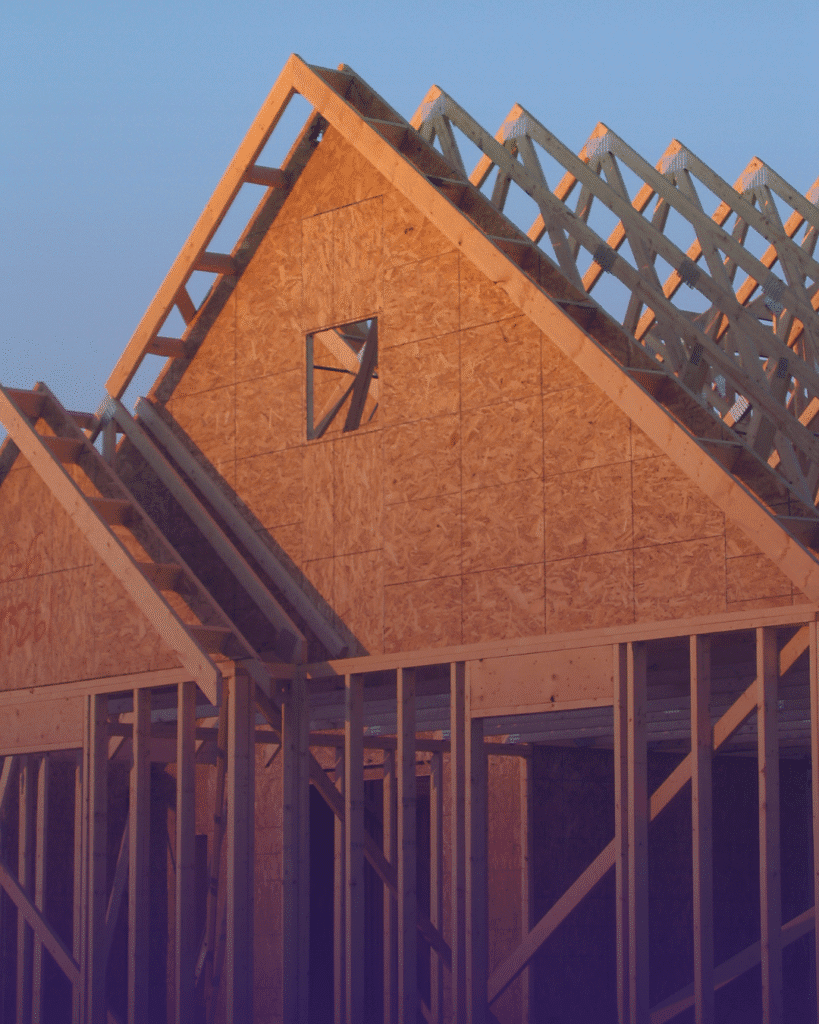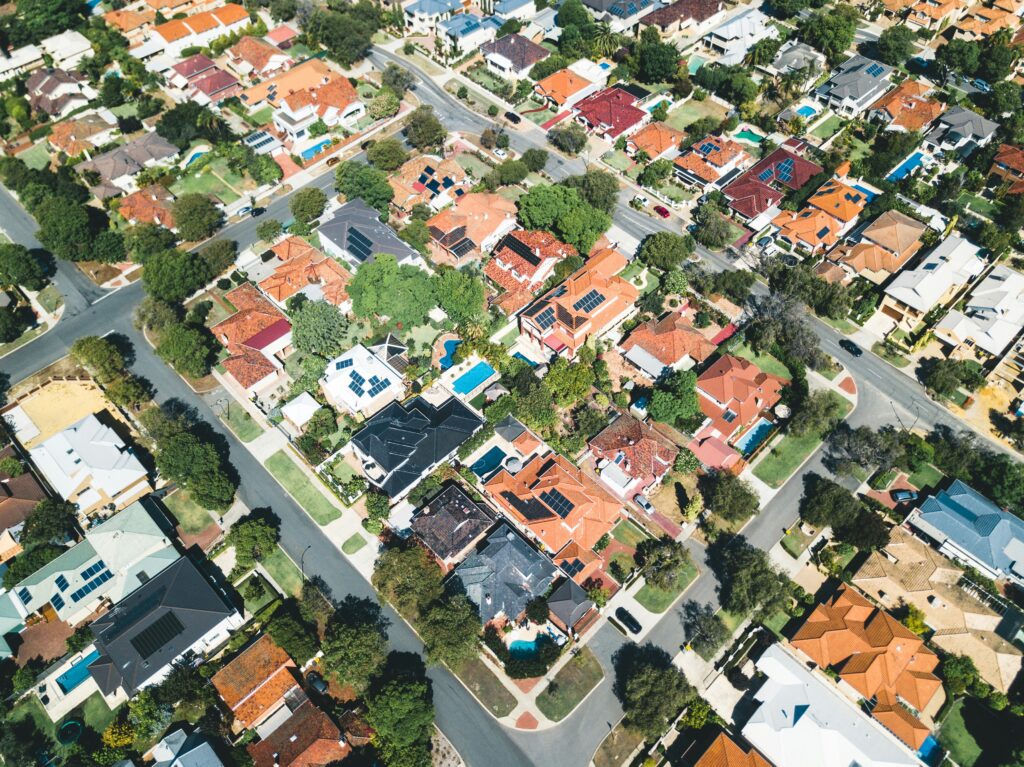- Blog
- Australia’s Housing Crisis: Labor’s Mandate Aims to Meet Supply Shortfall
Australia’s Housing Crisis: Labor’s Mandate Aims to Meet Supply Shortfall

Nick Melrose
Writer and Enthusiast
- First Home Buyer, Investing
Understanding Australia's Housing Market Challenges
Achieving affordable housing Australia hinges on several factors, including interest rates and effective government schemes for first-time buyers. However, the most critical element remains supply – the availability of homes to meet robust buyer demand. When demand continues to outstrip supply, we inevitably see upward pressure on property prices in Australia.
Labor’s new housing policies specifically aim to smooth the path to homeownership for first-time buyers, intending to reduce competition from property investors and alleviate financial burdens. The successful implementation of these policies, however, relies on navigating complex legislation through the current Senate, a challenge that has historically delayed previous Labor housing plans.

Key Labor Housing Policies & Schemes
The Government’s comprehensive pledges include:
- 100,000 New Homes for First Home Buyers: A substantial $10 billion investment is committed to constructing up to 100,000 homes exclusively for first homebuyers, ensuring no competition from property investors. This funding will cover construction, vital infrastructure, and land purchases.
- Expanded Home Guarantee Scheme: Starting next year, the Home Guarantee Scheme will be broadened to include all eligible first-time buyers, removing previous caps on applicant numbers and earnings. This expansion will allow eligible buyers to purchase property anywhere in Australia with a deposit as low as 5%.
- "Help to Buy" Shared-Equity Scheme: Launching later this year, the "Help to Buy" scheme enables the Government to contribute up to 40% of the upfront cost of a first home. Upon the property's sale, the first homebuyer will be required to return 40% of the profit, in addition to the Government's initial investment.
Strategies to Boost Housing Supply in Australia
Beyond direct buyer assistance, Labor has also outlined broader strategies to accelerate housing construction Australia, acknowledging the systemic need for increased supply. These include:
- A $54 million investment in advanced manufacturing of prefabricated and modular homes, which can be completed in half the time of traditional construction.
- Providing $120 million from the National Productivity Fund to incentivize states to reduce red tape and expedite home building permits.
- Spending $78 million to fast-track the qualification of 6,000 tradespeople, addressing labour shortages in the construction sector.
Addressing the Australian Housing Supply Shortfall
Despite these measures, Australia continues to face a significant shortage of affordable housing. While the Government targets 1.2 million homes to be built over the next four years, recent forecasts paint a sobering picture. A report by the Federal Government’s advisory council, the National Housing Supply and Affordability Council, projects only 938,000 homes will be built by June 2029, leaving a deficit of 262,000 homes against the 1.2 million goal.
This shortfall is particularly concerning given Australia’s net migration figure, which reached 446,000 in the 2023-24 financial year. This suggests that even with the projected new homes, a significant dampening impact on property values Australia is unlikely.
Property Council Recommendations for Housing Solutions

Property Council Chief Executive Mike Zorbas emphasises the urgency, stating that homeownership feels increasingly out of reach for many Australians. His organisation highlights several core problems:
- High Taxes and Charges: Over 30% of a new home's cost is attributed to government taxes and charges.
- Inefficient Planning Systems: Existing planning and skills systems are outdated and require urgent modernisation.
- Foreign Investment Barriers: "Daft foreign investment taxes" in East Coast states act as "barbed wire" deterring overseas institutions from investing in housing development.
- Skilled Worker Shortages: An increased proportion of skilled workers entering the country is essential for the construction industry.
- Infrastructure Delays: A need to accelerate federal environmental approvals and compel power and water providers to expedite the delivery of new homes and commercial assets.
The Road Ahead for Australia's Housing Market
While the Labor Government has clearly mandated empowering first-time homebuyers and stimulating construction through targeted investments and incentives, the broader national housing picture remains challenging. The success of Labor’s housing agenda will depend not only on the effective implementation of its pledges but also on its ability to tackle deeper, systemic issues of supply, productivity, and regulatory hurdles that continue to plague Australia’s housing market.
Young Australians recognise that owning a home is a generation-defining challenge. Finally, politicians are beginning to act as the wider population expresses deep concern about the issue. Leveraging all available state and federal government programs is crucial to helping first-time buyers minimise the cost of owning their first home. With ScaleApp on your team, you can better budget and plan your finances to achieve your dream of ownership.
Other Blogs
- First Home Buyer, Investing
Your Spring Real Estate Guide: 9 Questions to Ask a Sales Agent When Inspecting a Home
- First Home Buyer, Investing
A Game Changer for Australian First Home Buyers: Buy a Home with a 5% Deposit and No LMI
- First Home Buyer, Investing
Is Rentvesting Right for You?
- First Home Buyer, Investing
Australian Real Estate Market: Confidence at 3-Year High as Spring Season Begins
- First Home Buyer, Investing
Rising Australian Property Values & Falling Interest Rates: An Ideal Opportunity for Investors
- First Home Buyer, Investing



